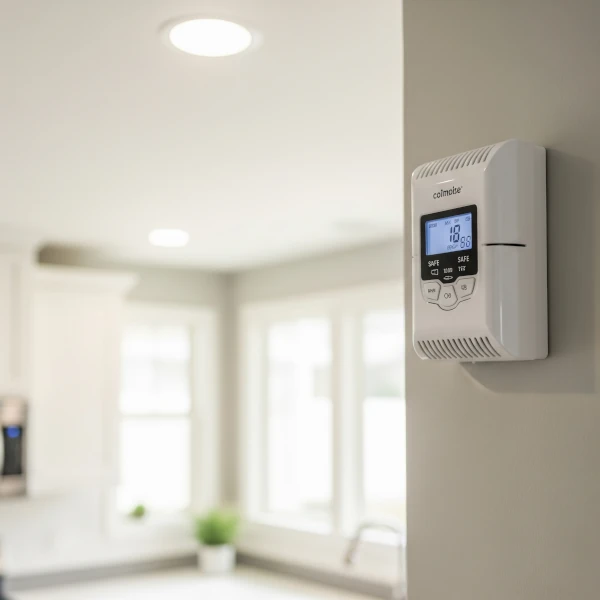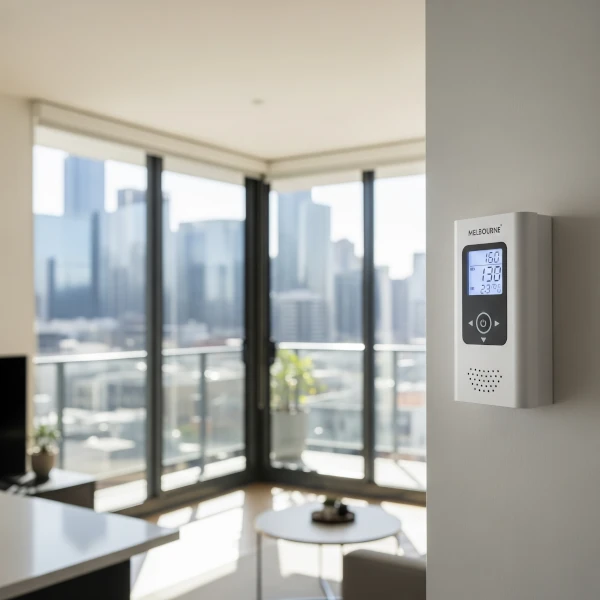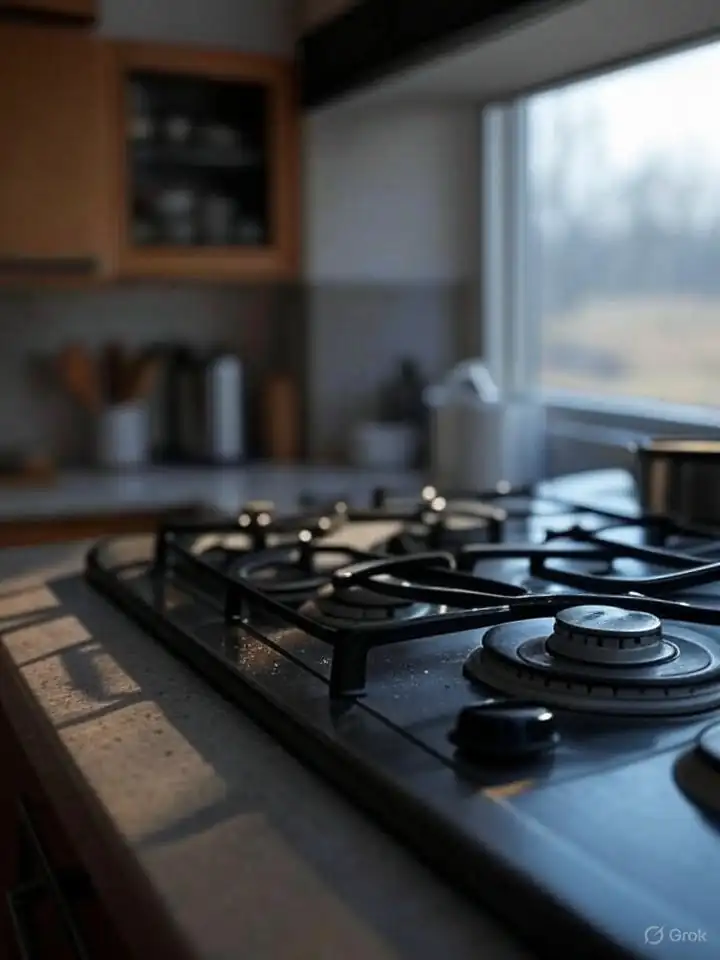
The Dangers of Carbon Monoxide (CO)
In Melbourne, ensuring the utmost safety for your home has never been more crucial, especially when it comes to the unseen dangers. That’s why understanding the vital role of a CO detector in your Melbourne property is paramount. These devices offer essential protection against carbon monoxide, the ‘silent killer,’ and this guide will equip you with all the knowledge you need.
Why is Carbon Monoxide So Dangerous?
When inhaled, CO enters the bloodstream and binds with hemoglobin, the molecule in red blood cells that carries oxygen. It binds much more readily than oxygen, forming carboxyhemoglobin. This prevents oxygen from reaching vital organs and tissues, essentially suffocating the body at a cellular level.
Symptoms of CO poisoning can be subtle and easily mistaken for other illnesses, such as the flu. They include:
Headache
Dizziness
Nausea and vomiting
Fatigue and weakness
Shortness of breath
Confusion
Blurred vision
At high concentrations, CO can quickly lead to unconsciousness, brain damage, and death, often before the victim even realizes what’s happening.
The Lifesaving Importance of CO Detectors
Given the insidious nature of carbon monoxide, the most crucial defense against its dangers is a CO detector. These devices are designed to continuously monitor the air for the presence of CO and sound an alarm if dangerous levels are detected.

Why Every Melbourne Home Needs a CO Detector
While carbon monoxide poisoning can occur anywhere, specific housing characteristics or heating methods common in Melbourne might increase certain risks. This makes having a functioning CO detector Melbourne essential for every household to provide early warnings.”
Early Warning: They provide an early warning of CO buildup, giving you and your family time to evacuate and seek fresh air before symptoms become severe or life-threatening.
Peace of Mind: Knowing you have detectors installed offers peace of mind, especially during colder months when heating systems are in frequent use.
Legal Requirements: In many regions, CO detectors are legally required in homes, particularly those with fuel-burning appliances or attached garages.
Where and How to Install CO Detector:
On every level of your home, including the basement.
Near sleeping areas, so the alarm can wake you if CO levels rise during the night.
Outside each separate sleeping area.
At least 5 feet away from fuel-burning appliances to avoid false alarms from normal operation.
Follow the manufacturer’s instructions for placement and installation, as models can vary.
Test your detectors regularly (at least once a month) using the test button.
Replace detectors according to the manufacturer’s recommendations, typically every 5-7 years.

The Importance of Regular Appliance Checks
Beyond CO detectors, another vital preventative measure is to have your gas appliances professionally checked every two years. This includes your furnace, water heater, gas stove, and any other fuel-burning appliances. A qualified technician can:
-
Identify and fix leaks: Even small leaks can be dangerous.
-
Ensure proper ventilation: Blocked vents can lead to CO buildup.
-
Check for efficient operation: Properly functioning appliances are less likely to produce CO.
Don’t underestimate the threat of carbon monoxide. By understanding its dangers and taking the simple step of installing and maintaining CO detectors with the addition of having a gas inspection every two years you can protect yourself and your loved ones from this silent but deadly killer. Stay safe!
- Ready to comply with Victoria’s rental laws? Book your Gas check for $220 + GST

